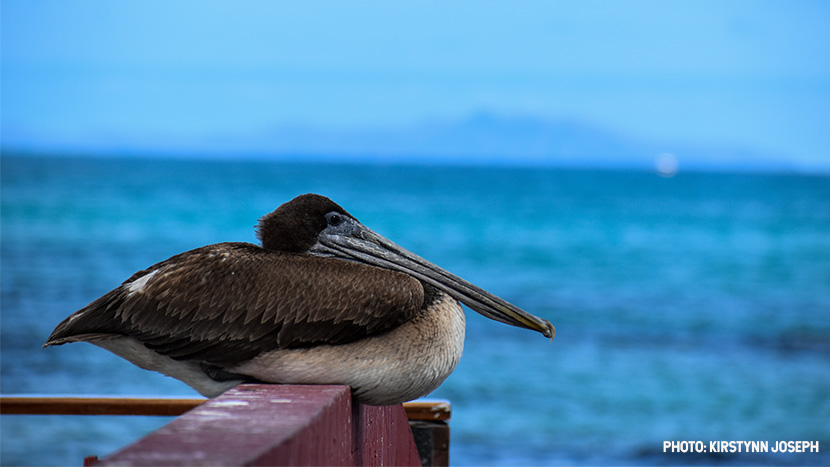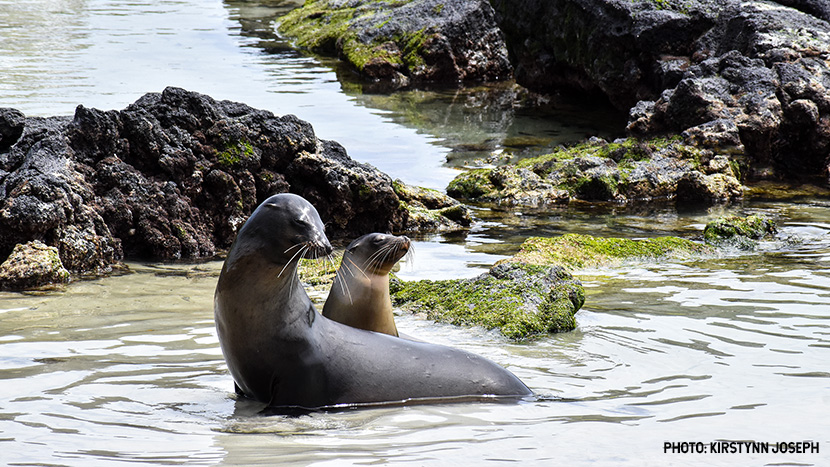The Science Of Using Telephoto Lenses & Tripods For Wildlife Photography
Capturing the essence of animals in the wild on film is both an exciting and a challenging endeavor. To master the art of wildlife photography, you’ll need patience, skill, and, of course, the right gear.
Before heading out into the wild, you need to ensure you’re set up for success with equipment suited to this unique photographic genre.
Experienced wildlife photographers will tell you that they never go on a shoot without a tripod and a telephoto lens… and neither should you!
Let’s explore some advanced tips for making the most of your telephoto lens and tripod for wildlife photography.
3 Tips For Using Telephoto Lenses and Tripods
Select Your Telephoto Lens with Care
You’re in luck if you’ve yet to acquire a telephoto lens for your wildlife photography. By considering the essential elements that make for the perfect telephoto lens, you can get it right from the get-go. The right lens will be suited to capturing images of wild, unpredictable animals from afar, whether stationary or on the move.
Consider the following tips for shooting with a long lens:
Focal Length
A lens with a focal length of 300mm or more will work best.
Image Stabilization
The magnifying effect of a telephoto lens also magnifies the slightest tremor in your hand. Obviously, a tripod helps, but using a lens or camera with image stabilization helps eliminate blur altogether. This is particularly important in low-light conditions.
Aperture Speed
Your lens should allow for a fast aperture, with an f-number of around f/8 to f/11. This balances the sharpness lost with wider apertures and the increased diffraction resultant of lenses stopped down to f/16 or more.
Weather Proofing
Since opportunities for great shots out in the wild may crop up during inclement weather, your telephoto lens needs to be weather-sealed to protect it in extreme environments.
Properly Set up Your Tripod
As mentioned, maintaining a clear focus and eliminating blur become more challenging when you are using a telephoto lens. In addition to the right lens, a good tripod set-up is essential to taking clear photographs of animals.
Important elements of your tripod setup include:
Using the Right Tripod
Your tripod needs to be sturdy enough to support your camera on uneven terrain and lightweight enough to carry around as you change locations. Remember, if you’re using a telephoto lens, this will add considerable weight to your camera, and your tripod needs to be able to support this.
A panning tripod may be a good investment, as wild animals move unpredictably, and you don’t want to have to remove your camera from the tripod every time your subject moves.
Using Tripod Accessories
One or two select accessories can greatly enhance your tripod’s utility. A tripod head, for example, allows for quick and easy adjustments. A remote shutter release will help further reduce the shaking that may cause blurring, particularly when a telephoto lens is in use.
Securing Your Tripod
Seek out level ground for maximum tripod stability. Obviously, this is not always possible in the wild, so you should be prepared to improvise ways to stabilize your tripod. Bringing along a sandbag or two is helpful but may not always be practical if you’re on foot and already weighed down by your gear. You can also use your backpack to prop up your tripod.
Checking and Adjusting
Remember that it may take a bit of trial and error to find the ideal tripod setup for the environment in which you’re shooting. Take a few test shots and adjust your setup (for your tripod, lens, composition, and camera) as you go until you find the best fit.
You should also experiment with different camera heights. You may be surprised at the unique shots you can get simply by altering your shooting angle. Consider getting a tripod with a removable center column, as this is a great help when you’re taking low-angle shots.
If you have a panning tripod, spend a few minutes testing it for moving shots after you’ve set it up and adjust if necessary.
Employ Focusing Techniques
While a telephoto lens is undoubtedly a game changer when it comes to wildlife photography, as it allows you to create the illusion of being right up close to a wild animal, it also presents its challenges.
Chief among these challenges is maintaining focus and eliminating blur in your shots. To ensure that your telephoto lens shots remain detailed and clear, get a good handle on the techniques and technology available for quality camera focus.
Manual Focus
Zoom in on your subject and then adjust the focus ring on your lens to sharpen the image. The more you practice this on subjects at varying distances from the camera, the better you’ll get at it. You can also change your focus between shots to try out different settings until you find the one that works best.
Autofocus
Your camera likely has an autofocus setting. The quality of your camera will determine the efficacy of its autofocus function. Get comfortable with this feature so you can make the most of it, particularly when you need to lock in on moving subjects.
Back-Button Focus
A pre-assigned autofocus button (such as the AE-L/AF-L button) helps you lock focus as you recompose your shot when the need arises.
For Everything Else, there’s Post-Processing
Of course, even the most skilled and prepared photographer can enhance their shots with a little post-processing, aka editing.
You can enhance your captured moments by taking full advantage of post-processing functions like exposure adjustment, noise reduction, color correction, cropping, and straightening. When this is done, you’ll have professional-looking wildlife photographs for your portfolio that are sure to impress.
Final Word: Be Patient and Prepared
Whenever you’re taking photographs in the wild, you need to be patient and prepared. Wildlife subjects don’t pose on cue, and they certainly don’t sit still for long. Research your subject in advance to find out anything that will better prepare you to take striking and unique photographs.
Above all, don’t get so swept up in your subject and your gear that you forget the basics of taking good photographs. Happy snapping!


































































































